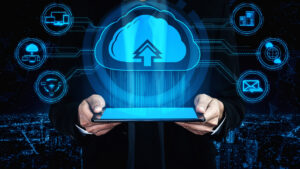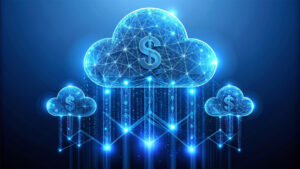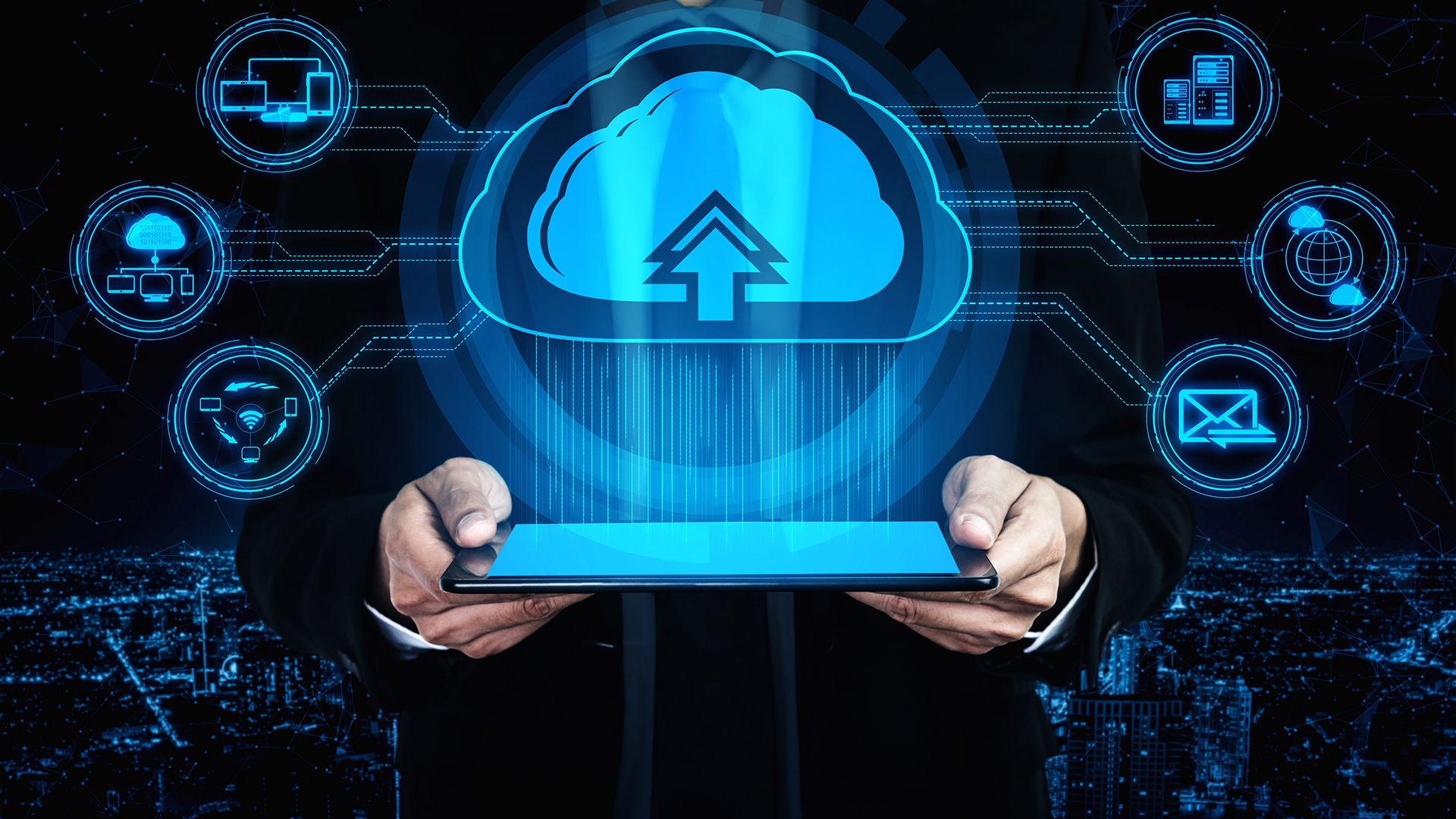Ever wonder how your fitness tracker syncs data instantly, or how smart factories run so efficiently? Often, it’s the magic combo of the Internet of Things (IoT) and Cloud Computing. Think of them as a power duo transforming industries. Understanding the crucial role of cloud computing in IoT helps unlock smarter operations and exciting new possibilities for businesses like yours.
Understanding IoT and Cloud Computing
What is IoT?
Imagine a vast network of everyday objects – from fitness trackers and smart home devices to industrial sensors and connected cars – equipped with sensors, software, and connectivity. These devices collect and exchange data, creating the Internet of Things. (Explore IoT further [AWS IOT])
What is Cloud Computing?
Think of cloud computing as accessing computing resources – like data storage, servers, databases, and software applications – over the internet (“the cloud”) instead of owning physical hardware. It offers services typically categorized as Infrastructure as a Service (IaaS), Platform as a Service (PaaS), and Software as a Service (SaaS). (Need a Cloud refresher?)

How IoT and Cloud Computing Power Each Other
So, how do they work together? IoT devices create mountains of data. The cloud provides the power and space to handle it all.
- Data Processing and Storage: The cloud provides the virtually limitless storage capacity and immense processing power needed to handle the deluge of data generated by potentially billions of IoT devices.
- Improved Efficiency: Raw data from sensors isn’t very useful on its own. Cloud technologies, including advanced analytics and machine learning tools, transform this raw IoT data into actionable insights, driving smarter decisions and operational efficiencies.
The Essential Role of Cloud Computing in IoT:
Here’s a quick look to explain the role of cloud in IoT:
- Remote Computing: Lets simple IoT devices do complex tasks using cloud processing (no bulky hardware needed on-site).
- Security & Privacy: Offers strong security like encryption and secure logins for sensitive IoT data.
- Data Integration: Easily brings together and analyzes data from many different IoT devices.
- Agility: Scale your IoT solutions up or down easily without being tied to physical hardware.
- Business Continuity: Provides data backup and recovery, so your IoT data isn’t lost if something goes wrong.
- Smooth Communication: Helps different devices and apps talk to each other via cloud APIs.
- Fast Reactions: Enables quicker data processing for near real-time responses.
- Better Task Management: Helps manage and update IoT devices remotely.
- Handles Data Overload: Easily manages the huge volumes of data IoT generates – a key reason how cloud computing is playing key role in iot.
Perks of Pairing IoT and Cloud Technology
Why merge these two? The benefits are compelling:
- Access Anywhere: Access IoT data and control devices from anywhere using mobiles, tablets, and laptops via cloud interfaces.
- Easy Access: Developers and users can often access cloud services and data needed for IoT applications instantly, without complex permission hurdles or infrastructure setup.
- Effortless Scalability: Easily adjust resources (like storage capacity, processing power, number of supported users/devices) up or down based on real-time demand.
- Resource Pooling: Cloud environments facilitate the sharing of resources and data, enhancing collaboration between different teams or applications utilizing IoT insights.

- Enhanced Security: Leveraging cloud provider security expertise, including advanced authentication and encryption, helps mitigate many inherent IoT security risks.
- Cost Efficiency: The pay-per-use pricing model typical of cloud services avoids large upfront investments in hardware and allows costs to scale directly with usage.
- Importance of Cloud Architecture: A well-designed cloud architecture is crucial. It ensures the IoT solution is high-performing, secure, reliable, and capable of handling future growth.
Heads-Up: Challenges When Combining IoT and Cloud
It’s powerful, but be mindful of potential hurdles:
- Data Privacy Concerns: Transmitting and storing potentially sensitive IoT data in the cloud necessitates robust privacy controls and compliance adherence.
- Network Latency Issues: For applications requiring instantaneous responses, the time delay (latency) in sending data to the cloud and back can sometimes be a factor.
- Interoperability Problems: Ensuring seamless communication and data exchange between diverse IoT devices and different cloud platforms can be complex.
Real-World Examples: IoT and Cloud at Work
This tech team-up of IoT and Cloud is already changing things:
- Smart Cities: Optimizing traffic flow, managing energy consumption, and improving public safety through connected sensors and cloud-based analysis.
- Healthcare: Enabling remote patient monitoring, improving diagnostics via connected medical devices, and securely storing patient data in the cloud.
- Manufacturing: Using IoT sensors to monitor production lines in real-time, with cloud analytics predicting potential failures and optimizing operations.
- Retail: Enhancing customer experiences through personalized offers (triggered by location or behavior) and optimizing inventory management via smart shelves and tags.
Future Trends in IoT and Cloud Computing
The integration of IoT and cloud computing continues to evolve rapidly. Expect further advancements in areas like edge computing (processing data closer to the source), increased use of AI/ML for deeper insights, and even tighter integration for more seamless operation.
Cloud: The Power Behind Smart IoT
It’s clear that the role of cloud computing in IoT is not just supportive; it’s fundamental. The cloud provides the essential backbone – the storage, processing power, scalability, security, and analytical tools – that allows the Internet of Things to reach its full potential. To truly explain the role of cloud in IoT, one must recognize it as the engine that transforms data from connected devices into valuable action and intelligence.
Want to leverage this powerful combo for your business? Getting the cloud strategy right is key.
Rapyder’s experts specialize in building the perfect cloud foundation for successful IoT projects. Let’s talk about your vision – contact us today!







